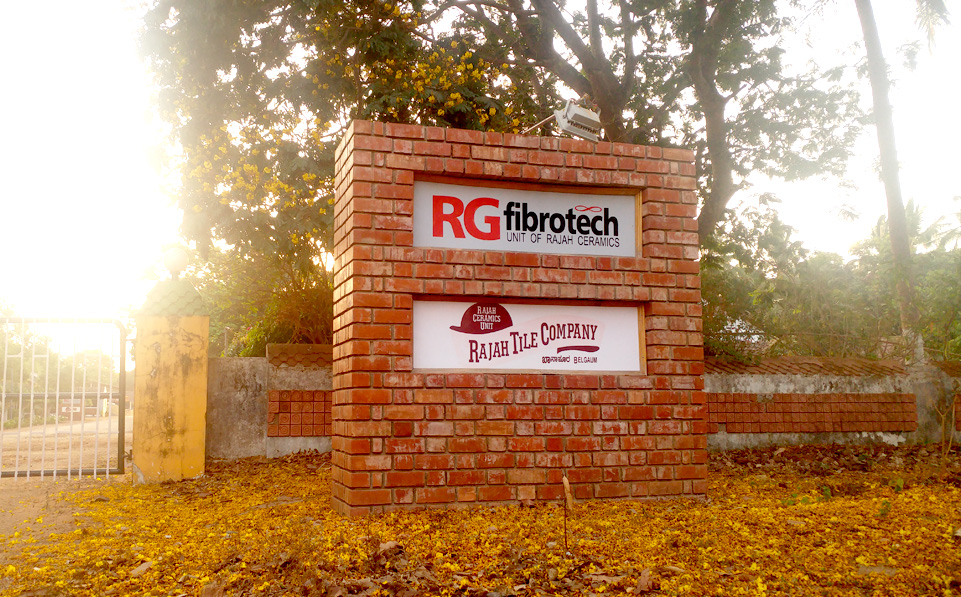We are a leading manufacturer of fibreglass composites in India with a production of over35 tons per month. We offer a wide range of fibreglass solutions for both domestic and international markets.
RG Fibrotech is a part of the esteemed Rajah Group ( Est. 1935 ), a multi-faceted familyowned business group with a wide portfolio including tobacco, fmcg, healthcare, automobile, marketing and distribution, chemicals, medicine,rubber, software and more. Today the group employs over 45,000 people and is well known across South India.





